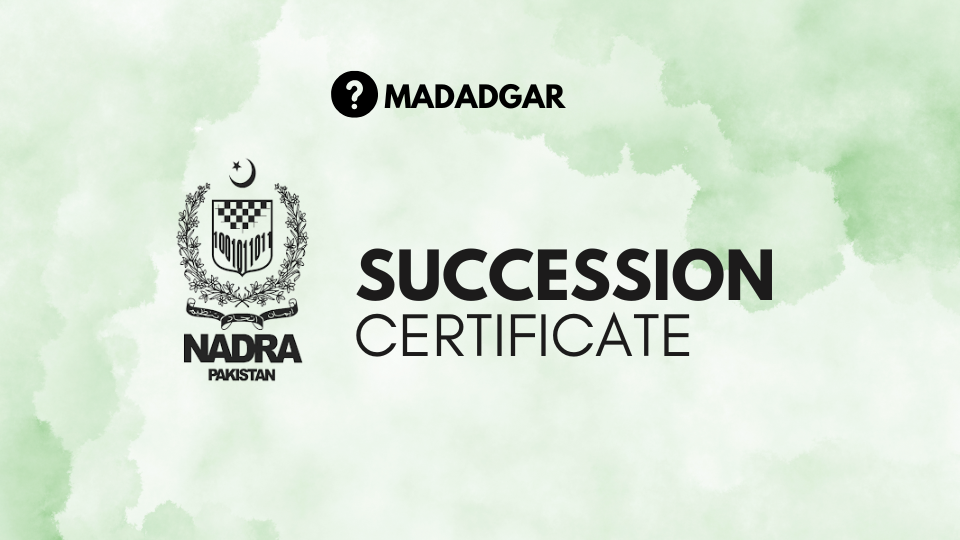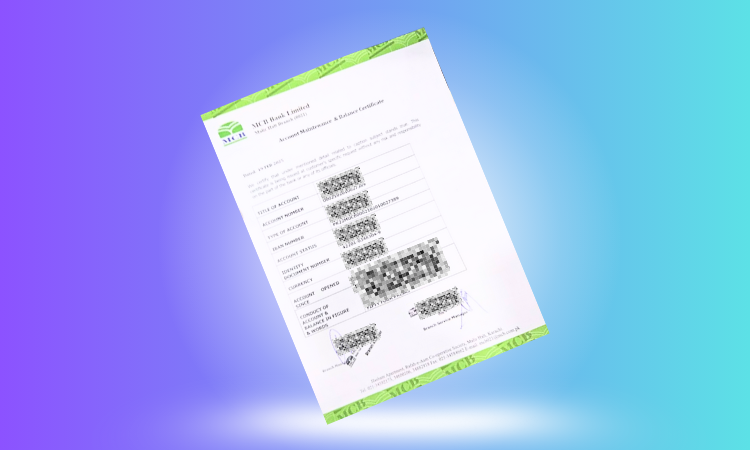
Difference Between Succession Certificate and Letter of Administration
Difference Between Succession Certificate and Letter of Administration: A Detailed Guide
When dealing with the legal affairs of a deceased person, two important documents often come into play: the Succession Certificate and the Letter of Administration. While both are used to manage and transfer the assets of the deceased, they serve different purposes and are applicable in different situations. Understanding the difference between these two documents is crucial for legal heirs to ensure they follow the correct process. In this blog, we’ll break down the key differences, uses, and processes for obtaining a Succession Certificate and a Letter of Administration.
What is a Succession Certificate?
A Succession Certificate is a legal document issued by a court (or NADRA in Pakistan) that authorizes the legal heirs of a deceased person to inherit and manage their movable assets. These assets include:
– Bank accounts
– Stocks, shares, and securities
– Insurance policies
– Provident funds
– Other financial instruments
The Succession Certificate does not apply to immovable assets like property or land. It simply allows the legal heirs to claim and transfer the deceased’s movable assets.
What is a Letter of Administration?
A Letter of Administration is a legal document issued by a court when the deceased person did not leave a will (died intestate). It appoints an administrator (usually a legal heir) to manage and distribute the deceased’s entire estate, including both movable and immovable assets. This document is necessary when:
– There is no will.
– The will is invalid or disputed.
– The executor named in the will is unable or unwilling to act.
The administrator’s role is to ensure that the deceased’s assets are distributed according to the law (usually under Islamic inheritance laws in Pakistan or other applicable laws).
When to Use a Succession Certificate
You should apply for a Succession Certificate if:
– The deceased left movable assets like bank accounts, stocks, or insurance policies.
– There is no dispute among the legal heirs regarding the distribution of assets.
– You need a quicker and simpler process to access the deceased’s financial assets.
When to Use a Letter of Administration
You should apply for a Letter of Administration if:
– The deceased died without a will.
– The deceased’s estate includes immovable assets like property or land.
– There is a need to appoint an administrator to manage and distribute the estate.
– The will is invalid, disputed, or the executor is unable to act.
Process for Obtaining a Succession Certificate
- File an Application: Submit an application to the relevant court or NADRA office.
- Submit Required Documents: Provide documents like the death certificate, CNICs of legal heirs, and asset details.
- Biometric Verification: Complete biometric verification for all legal heirs (mandatory in Pakistan).
- Court Hearing: Attend a court hearing (if required) to verify the application.
- Issuance of Certificate: Once approved, the Succession Certificate is issued.
Process for Obtaining a Letter of Administration
- File a Petition: Submit a petition to the relevant court.
- Submit Required Documents: Provide documents like the death certificate, CNICs of legal heirs, and details of the estate.
- Court Hearing: Attend a court hearing to verify the petition and appoint an administrator.
- Bond and Surety: The administrator may need to submit a bond and surety to the court.
- Issuance of Letter: Once approved, the court issues the Letter of Administration.
Key Documents Required
For Succession Certificate:
– Death certificate of the deceased.
– CNICs of the applicant and legal heirs.
– Family Registration Certificate (FRC).
– Asset details (bank statements, insurance policies, etc.).
– Biometric verification of legal heirs.
For Letter of Administration:
– Death certificate of the deceased.
– CNICs of the applicant and legal heirs.
– Details of the entire estate (movable and immovable assets).
– Proof of no valid will (if applicable).
– Court fees and bond (if required).
Which One Do You Need?
– If the deceased only left movable assets and there is no dispute among legal heirs, a Succession Certificate is sufficient.
– If the deceased left immovable assets (like property) or died without a will, a Letter of Administration is necessary.
Frequently Asked Questions (FAQs)
Q1: Can I use a Succession Certificate for property transfer?
No, a Succession Certificate only applies to movable assets. For property transfer, you need a Letter of Administration or a probate (if there is a will).
Q2: What if the deceased left a will?
If there is a valid will, you may need to apply for probate (court approval of the will) instead of a Letter of Administration.
Q3: How long does it take to get these documents?
A Succession Certificate is usually quicker (a few weeks), while a Letter of Administration can take several months due to court processes.
Q4: Can I apply for both documents?
Yes, if the deceased left both movable and immovable assets, you may need both documents.
Q5: What happens if legal heirs disagree?
In case of disputes, the court may intervene to resolve the matter, which can delay the process.
Final Thoughts
Both the Succession Certificate and Letter of Administration are essential legal documents for managing a deceased person’s assets. The key difference lies in the type of assets they cover and the circumstances under which they are used. If you’re unsure which document you need, consult a legal expert to guide you through the process.
For more information on NADRA services, Succession Certificates, or Letters of Administration, If you have any questions, feel free to leave a comment below!








